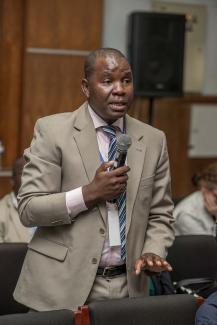Macroeconomic Analysis of the Construction Industry in Mozambique
The government of Mozambique was and continues to be attracted to the idea of using PPPs to rehabilitate its infrastructure, given the significant capital requirement of infrastructure investment and the lack of technical capacity in the government to manage investments. Yet the results have not been as expected. While some PPPs were carried out (TRAC, the ports of Maputo, Beira and Nacala, and the Ressano Garcia, Sena and Machipanda, and Nacala railways), this PPP program was not accompanied or structured within an established legal PPP framework, so that each project had its own rules and there was little continuity and learning. Several institutional weaknesses that undermined the earlier privatization process in the late 1990s also persist, and should therefore be addressed before beginning a full-fledged PPP program. In 2011, the government passed a general PPP law that should help bring greater contractual uniformity and lead to a new wave of PPP projects in infrastructure. This paper discusses Mozambique´s approach to PPPs and suggests a set of recommendations taking into account the main obstacles the country currently faces. It concludes that Mozambique would face a number of problems implementing an optimally designed PPP program contingent on the availability of highly qualified personnel, as their scarcity still does not allow a significant diversion of such resources to the PPP sector. Moreover, in view of the fact that Mozambique suffers from a severe lack of infrastructure, it is possible that getting the infrastructure in place early on through PPPs is the only feasible option. It is also important to note that procedures that are appropriate for countries with a common law background may be inappropriate to a country with a civil law history. And finally, Mozambique – as many other countries – has certain institutional fragilities which have to be taken into account in the design of a PPP program.




